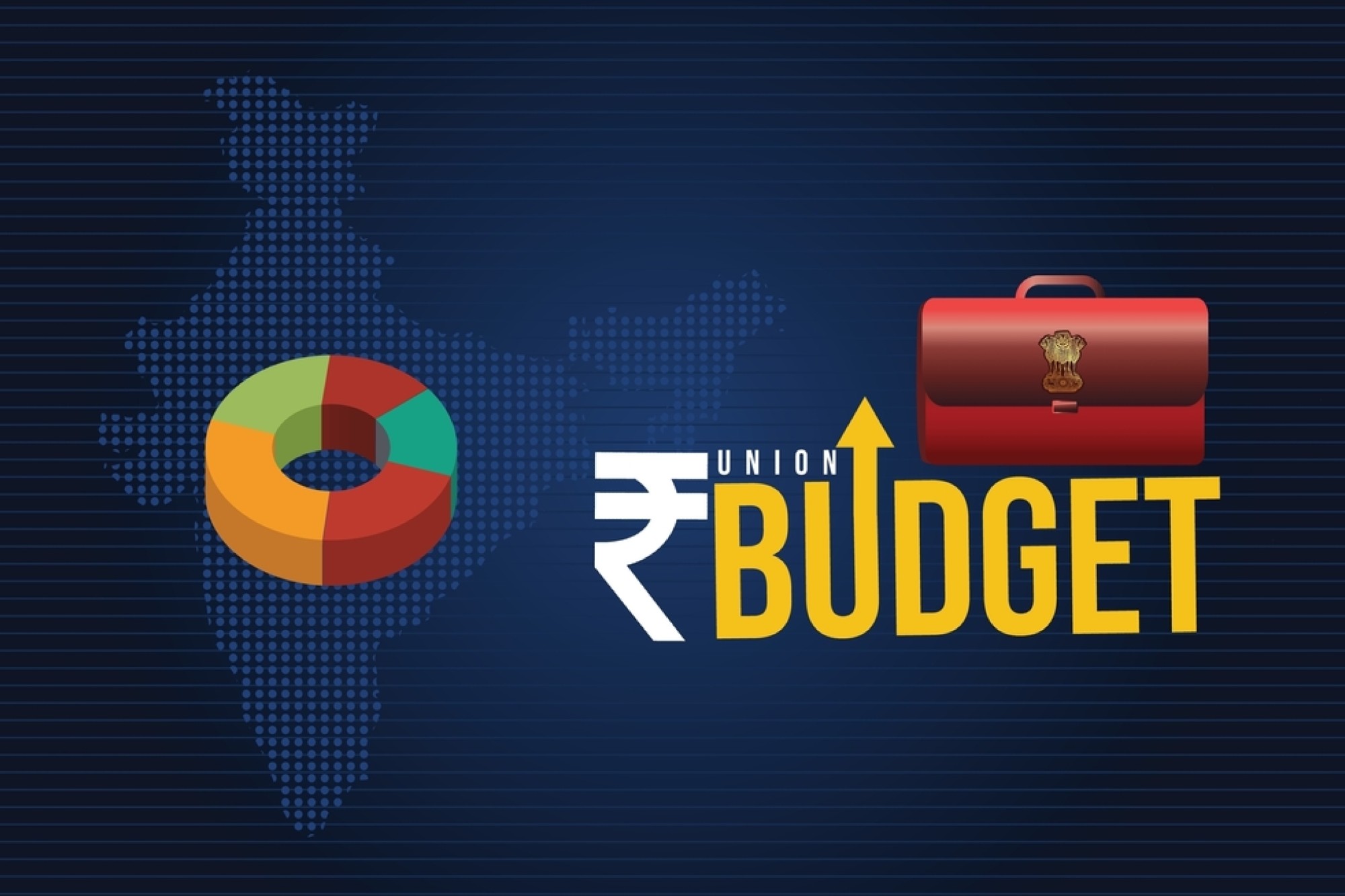At a glance: How budget 2025 empowers construction and mining sectors
By Staff Report | February 1, 2025 4:43 pm SHARE

From public-private partnerships to advanced technologies in construction and mining, the budget seeks to push India toward its $5 trillion economy target while enhancing urban development, connectivity, and sustainable practices across sectors.
The Union Budget 2025, unveiled by Finance Minister Nirmala Sitharaman, lays out an ambitious roadmap for India’s economic growth, with a strong emphasis on infrastructure development, construction, mining, and allied industries. This budget forms a crucial pillar in India’s journey towards becoming a $5 trillion economy, focusing on sectors that foster employment, innovation, and sustainable development. It showcases the government’s commitment to long-term economic progress, building on the momentum set by previous budgets while introducing new measures to address pressing needs across industries.
One of the cornerstones of the budget is its focus on infrastructure development, which is recognised as the backbone of modern economic growth. The budget has allocated substantial resources toward this area, understanding that a robust infrastructure network is essential for industrial expansion and improved quality of life. One of the key initiatives in this space is the promotion of public-private Partnerships (PPPs) to expedite project implementation. Each infrastructure-related ministry has been tasked with creating a 3-year pipeline of projects suitable for PPP mode, encouraging states to participate through incentives offered by the India Infrastructure Project Development Fund (IIPDF). This ensures a collaborative approach to development that draws on private sector efficiency and public sector support.
Building on the success of previous asset monetisation efforts, the Asset Monetization Plan 2025-30 has been launched with an aim to raise ₹10 lakh crore for new projects. Through the monetisation of existing infrastructure assets such as roads, railways, and airports, the government is tapping into alternative funding sources to support the next phase of development. Meanwhile, the Jal Jeevan Mission, which aims to provide tap water connections to rural households, has been extended until 2028 with an enhanced outlay. This not only addresses a critical public health need but also involves community participation to ensure sustainable water service delivery.
In another significant move, the Urban Challenge Fund, with an allocation of ₹1 lakh crore, has been established to support urban reforms in governance, municipal services, and planning. This fund will finance up to 25% of the cost of bankable projects, with the remaining funds raised through bonds, bank loans, and PPPs. These measures are set to modernise India’s urban centres, preparing them for the future demands of a growing population.
The construction sector, a vital component of India’s economy, has received a notable boost in this year’s budget. As one of the largest employment generators, the sector’s role in economic growth cannot be overstated. The SWAMIH Fund 2, with a corpus of ₹15,000 crore, has been revamped to facilitate the completion of 1 lakh housing units in stressed projects. This is a much-needed relief for middle-class families struggling with delayed housing projects while shouldering the burden of home loans. Additionally, the government’s decision to make data from the PM Gati Shakti portal available to the private sector is a game-changer. It will allow for better project planning and coordination, reducing delays and cost overruns in the execution of infrastructure projects.
In recognition of tourism’s potential to drive construction and economic activity, the budget has prioritised the development of infrastructure in the country’s top 50 tourist destinations. The inclusion of hotels in the Harmonized Master List (HML) for infrastructure development is expected to spur growth in tourism and hospitality, further bolstering the construction sector.
The mining sector, crucial for India’s industrial output, has also seen significant reforms aimed at increasing productivity and sustainability. Reforms have been introduced to encourage best practices in mining, such as the creation of a State Mining Index to ensure accountability and transparency. Moreover, a policy for the recovery of critical minerals from tailings is a forward-thinking approach that will maximise resource utilisation and support the government’s sustainability goals.
In line with its focus on boosting domestic manufacturing and reducing import dependencies, the budget has fully exempted Basic Customs Duty on several critical minerals, including cobalt powder, waste, and scrap of lithium-ion batteries, lead, zinc, and 12 other key minerals. This measure is expected to lower the input costs for domestic manufacturers, promote job creation, and support India’s aspirations of becoming a global leader in the processing of critical minerals. The establishment of a ₹25,000 crore Maritime Development Fund for long-term financing of maritime infrastructure, including shipbuilding, will also play a pivotal role in strengthening the country’s industrial backbone.
The budget’s reach extends into allied industries, which are essential for sustaining growth in infrastructure and construction. The UDAN Regional Connectivity Scheme, which has already connected 88 airports and operationalised 619 routes, will be expanded to connect 120 new destinations. This includes the development of helipads and smaller airports in regions that are underserved, enhancing regional connectivity and unlocking new economic opportunities.
The introduction of a Nuclear Energy Mission with an outlay of ₹20,000 crore will push forward research and development in Small Modular Reactors (SMRs), supporting India’s transition to cleaner energy sources. This is a crucial step towards reducing the country’s reliance on fossil fuels and promoting sustainable growth. Meanwhile, the Deep Tech Fund of Funds, to be explored in the coming years, is aimed at catalysing the next wave of innovation in areas such as artificial intelligence, robotics, and advanced manufacturing. These high-tech industries hold the potential to create highly skilled jobs and keep India at the forefront of technological advancement.
Lastly, the budget remains committed to fiscal prudence by maintaining a fiscal deficit target of 4.4% of GDP for 2025–26. By keeping the deficit on a declining path, the government has demonstrated its dedication to sustainable growth while fostering investor confidence. This fiscal discipline is critical in ensuring that India can continue to attract long-term investments in its infrastructure, construction, and allied industries.
The Union Budget 2025 represents a forward-looking vision for India’s future, aiming to build resilient and modern infrastructure that supports economic growth, job creation, and sustainable development. By focusing on innovation, public-private partnerships, and sectoral reforms, the budget sets a clear path for India to realise its vision of becoming a global economic powerhouse while ensuring the well-being of its citizens.
Cookie Consent
We use cookies to personalize your experience. By continuing to visit this website you agree to our Terms & Conditions, Privacy Policy and Cookie Policy.







































































